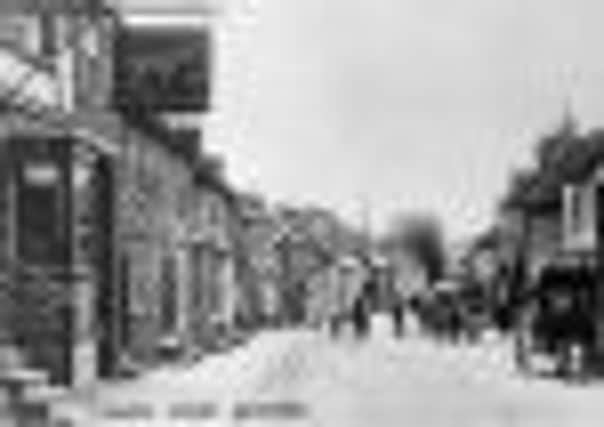Royal connections


You can see its sign on the left in this old photo, which shows a view of the street from the crossroads with what would now be the entrance to the Quadrant shopping centre further down on the left. The White Horse stood almost opposite the Book Castle building.
The White Horse, in one form or another, dated back at least to the 16th century – it had been converted into a pub in around 1542.
Advertisement
Hide AdAdvertisement
Hide AdIt was originally called the King’s Head, probably in honour of King Henry VIII’s son, Edward VI.
Nigel Benson, in his book Dunstable In Detail, suggests that the pub might have been renamed during the Civil War when such a title might have been controversial.
At any rate, the ‘White Horse’ name had become available after the original White Horse in High Street North (where Henry VIII once stayed) changed its name to The Anchor. The Anchor archway, next to the Santander Bank, is a survival from those days, while the new pub next door has reclaimed the White Horse name.
Bob Lavender, who drives a taxi based at Houghton Regis, is a descendant of the family which ran the White Horse in Church Street for many generations.
Advertisement
Hide AdAdvertisement
Hide AdHe was born there and well remembers the busy market days when farmers packed the oak-beamed bars, drinking beer drawn by a brass tap from a barrel kept cool in summer by wet tea-cloths, and eating cheese rolls and arrowroot biscuits.
It was Bob who discovered the secret room. He was leaning against a wall upstairs when it began to move. There was a doorway, concealed behind the wallpaper, leading to a rickety staircase and a room in the loft. In this were some metal drinking mugs and a pair of knee-length riding boots hanging from the rafters. The family like to think that this was a highwayman’s hideout.
Bob’s great-grandfather was the famous Septimus Franklin, who ran what became known as the “beer and baccy band“ which rehearsed among the pub’s beer barrels and was the main feature of many local events. On the pavement outside the pub were two large “pudding stones” – remnants of Ice Age glaciers – which were used in olden times to help riders mount their horses.
When Church Street was widened one of the stones was transported to the playground at Beecroft School by the headmaster, John Lunn, where it remains to this day.
> Yesteryear is compiled by John Buckledee, chairman of Dunstable and District Local History Society